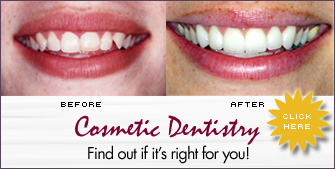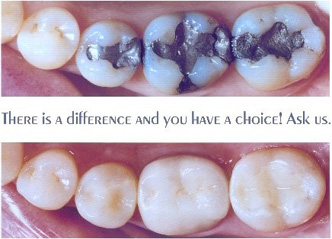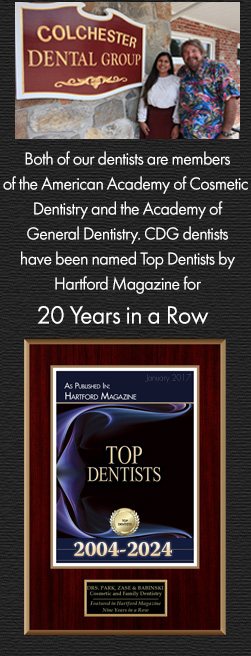Treating Your Headaches
If you have headaches on a regular basis, it is a good idea to tell your dentist about them. Several dental issues can cause headaches, such as an abnormal bite or TMJ, or jaw joint dysfunction.
Abnormal Bite
Headache is just one symptoms that may be attributable to poor occlusion (or a bad bite). Other symptom such as pain or noise in the jaw joint, facial pain, sensitive teeth, difficulty chewing, and neck pain may also be related to your occlusion, and should be discussed with your dentist.
New technology now allows your dentist to objectively evaluate the state of these muscles and various other factors that my be affecting your bite. Based on this and other information obtained from physical examination, your dentist can rule in or rule out your bite as possible cause of headaches pain with a high degree of confidence.
If the indications are that your bite is a major factor, your dentist may recommend provisional or interim treatment. This involves fabrication of a custom made orthotic. An orthotic is a plastic appliance that is worn over or fixed on your teeth to adjust your bite to a correct relationship. At this point, nothing permanent is done to alter your teeth or your bite. You would wear this appliance for a period of time to make sure the new bite position is correct before any consideration would be given to permanently altering your bite.
TMJ
The reason that the TMJ and your jaws cause migraines and other head pain problems is due to the fact that the trigeminal nerve is one of the most complex and powerful nerves in the human body. It is very closely associated to the TMJ and completely responsible for your jaw and tooth functions. It feeds sensation and function to your jaws, face, tongue, sinus, palate, eyes, teeth, and lips.
Most cases of TMJ syndrome are temporary; thus, treatment is usually conservative. If conservative and noninvasive techniques such as the use of a splint, do not work, you may consider more invasive techniques, such as surgery. Treatment may involve a series of steps. The step-by-step plan is in your best interest because only minor, relatively non-invasive treatment may be needed.
Diagnosis is an important step before treatment. Part of your clinical examination includes checking the joints and muscles for tenderness, clicking, popping or difficulty moving. Your complete medical history may be reviewed, so it is important to keep your dental office record up-to-date. Your dentist may take x-rays and may make a “cast” of your teeth to see how your bite fits together. Your dentist may also request specialized x-rays for the TM joints.















